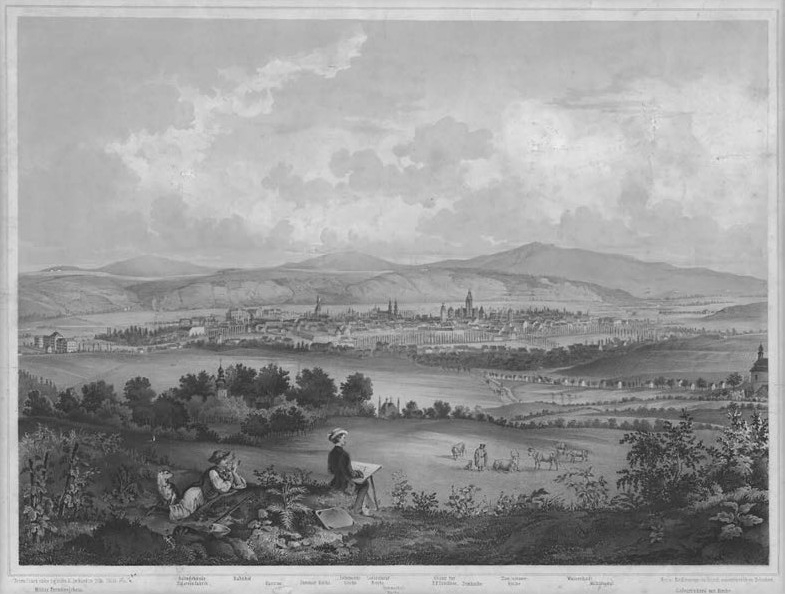The postwar decades were significant for urban development in Central and Eastern Europe since many cities grew rapidly and were industrialized. The Slovak city of Košice illustrates how industrial entities’ localization catalyzes urban development. The development in the years after 1945 changed the city character from middle size provincial town into a large industrial city. Later, the post-socialist transformation redirected this trend and left postindustrial areas within the city structure. From a path dependency perspective, the first phases of socialist and post-socialist periods show similar dynamics as a time of significant changes that set the guidelines for city development.
DOI: https://doi.org/10.31577/archandurb.2021.55.1-2.3

This work is licensed under a Creative Commons Attribution 4.0 International License











